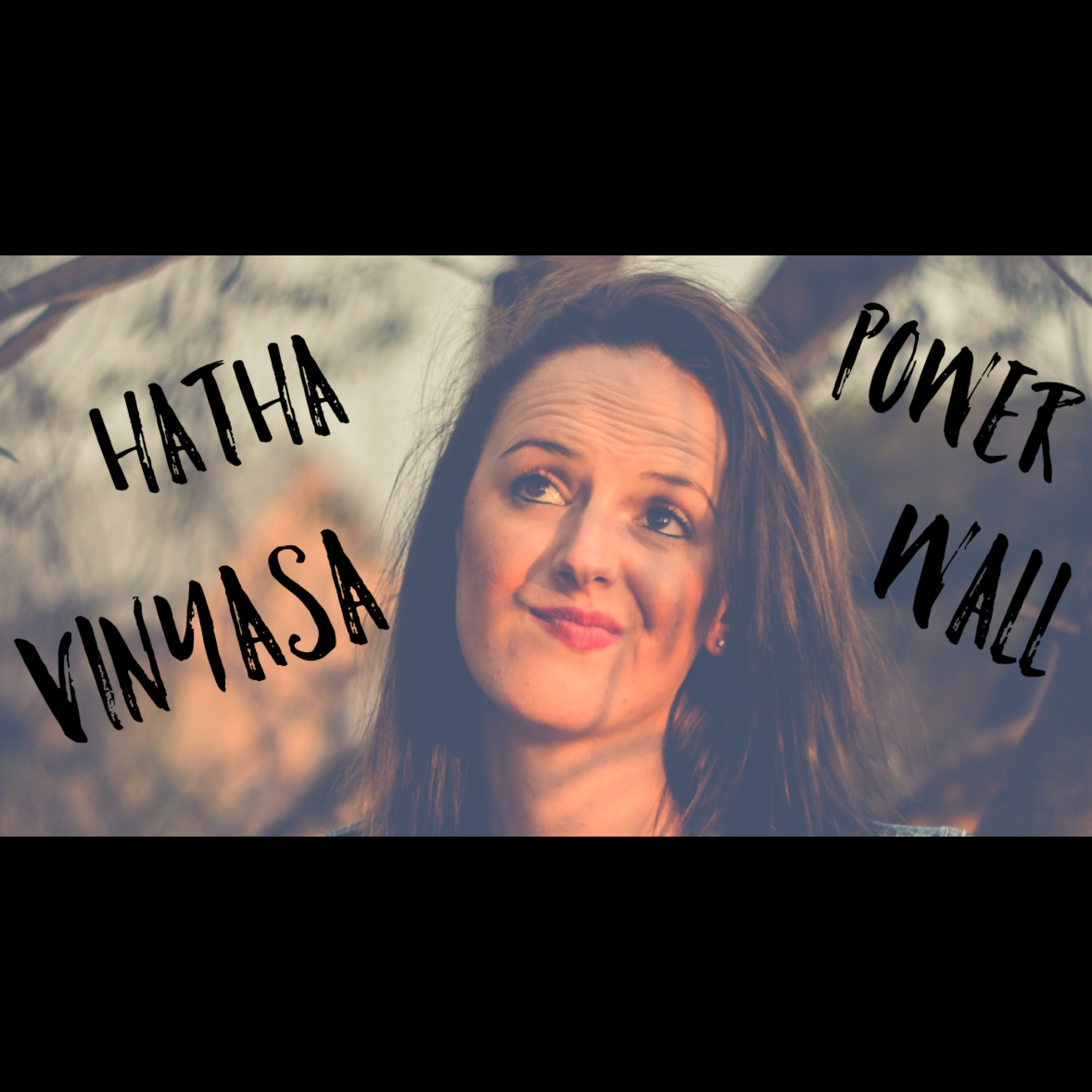Yoga Styles Explained
All styles of yoga are fantastic, but the variety can be overwhelming. It can be a challenge to navigate the seemingly endless variety of yoga styles because each teacher has their own interpretation of what it all means. The choice can be overwhelming. Which style of yoga is right for you? If you “tried yoga once and didn’t like it” or think you’re “too stiff for yoga”, how do you find something that suits your needs? Maybe you’ve been loyal to one style or teacher, but is there any benefit to adding some variety? The following is a guide to a few of the basic styles of yoga.
Hatha
The sanskrit word Hatha is translated as “forceful”. This differentiates Hatha yoga from meditation because there are physical shapes (asana) involved as opposed to the more subtle practice of seated meditation.
Others say that “ha” describes the sun and “the” refers to the moon. With the word yoga being translated as “yoke”, some say that hatha yoga is yoga that strives to balance these energies.
If it seems like I just described all physical forms of yoga, that is correct. Vinyasa, Power, Iyengar and Ashtanga some of the seemingly endless types of hatha yoga.
Generally when a class is described as Hatha yoga, it is usually practiced in a non heated room and is has an emphasis on holding poses while maintaining an awareness of breath and/or alignment. Hatha yoga is usually designed to improve strength, flexibility, and brings a state of calm. Hatha classes may include some sun salutations and the same postures as other styles, but they are generally not linked together with the breath. Generally, hatha yoga is great for beginners. Due to the wide variety of “hatha” yoga, every studio and teacher is a little bit different.
Iyengar
Based on the teachings of BKS Iyengar, this style of hatha yoga is focused on precise alignment. It uses props to maintain structural integrity in yoga poses. Expect long holds that focus on the details of how the body physically takes up space. The practice improves strength, stability, flexibility, physical and mental awareness.
Vinyasa
Vinyasa is a type of hatha or physical yoga practice. The sanskrit word vinyasa can be translated as “to place in a special way”. Vinyasa is a style of yoga that provides more flow or movement than hatha yoga, and can be practiced at a slow or rapid pace. Vinyasa yoga can be practiced in heated or non heated rooms, but always strives to align movements of the body with the breath. This link can make it easier to reach a quiet, inward focus, while challenging strength and flexibility.
Vinyasa classes are not sent to any specific sequence. Poses are practiced in an order set by the teacher based on the physical experience and mood they wish to create. Classes often include music.
Power
Power yoga is a style of Vinyasa yoga. It is practiced in a heated room at a pace that is rapid enough to be considered a workout. It challenges endurance, stamina, strength and will make you sweat. The sequences can be set by individual instructors or by individual studios. There is frequently a theme about building heat, pushing to the edge of your boundaries and expanding what you thought was possible. Power yoga often includes ab exercises and balance work. Like all yoga, it includes a restful time laying down at the end of class.
Yoga Wall (or rope wall)
The original rope wall was designed by BKS Iyengar. The yoga wall is a tool that is used to aid us in postures during the practice of hatha yoga. Expect to use the ropes and the wall itself to experience yoga poses in a new way. While classes may still include breathing exercises, this style has little to no flow. The focus may include alignment, strength and/or restoring spinal length. I find that many students with spinal problems like kyphosis, scoliosis and those who receive regular chiropractic care report many benefits of practicing on the yoga wall. The practice is well suited to beginners and seasoned practitioners. Classes are limited to the number of spaces available, so you may receive a bit more individualized attention.
Restorative
Restorative yoga balances a busy mind and body through rest. Restorative yoga teachers place students in restful poses that do not include standing. Expect to use bolsters (pillows), blankets, blocks and sandbags to purposefully ease your body into a state of rest and renewal. Poses are held for several minutes.
This is in now way a complete list, and I’d invite everyone to try something new. I have tried more styles of yoga with more teachers than I can count, and I have always benefited from the practice.
If you’re in the Lancaster/Berks/Lebanon PA area, feel free to contact me with questions on how to set up private individual or group sessions.

